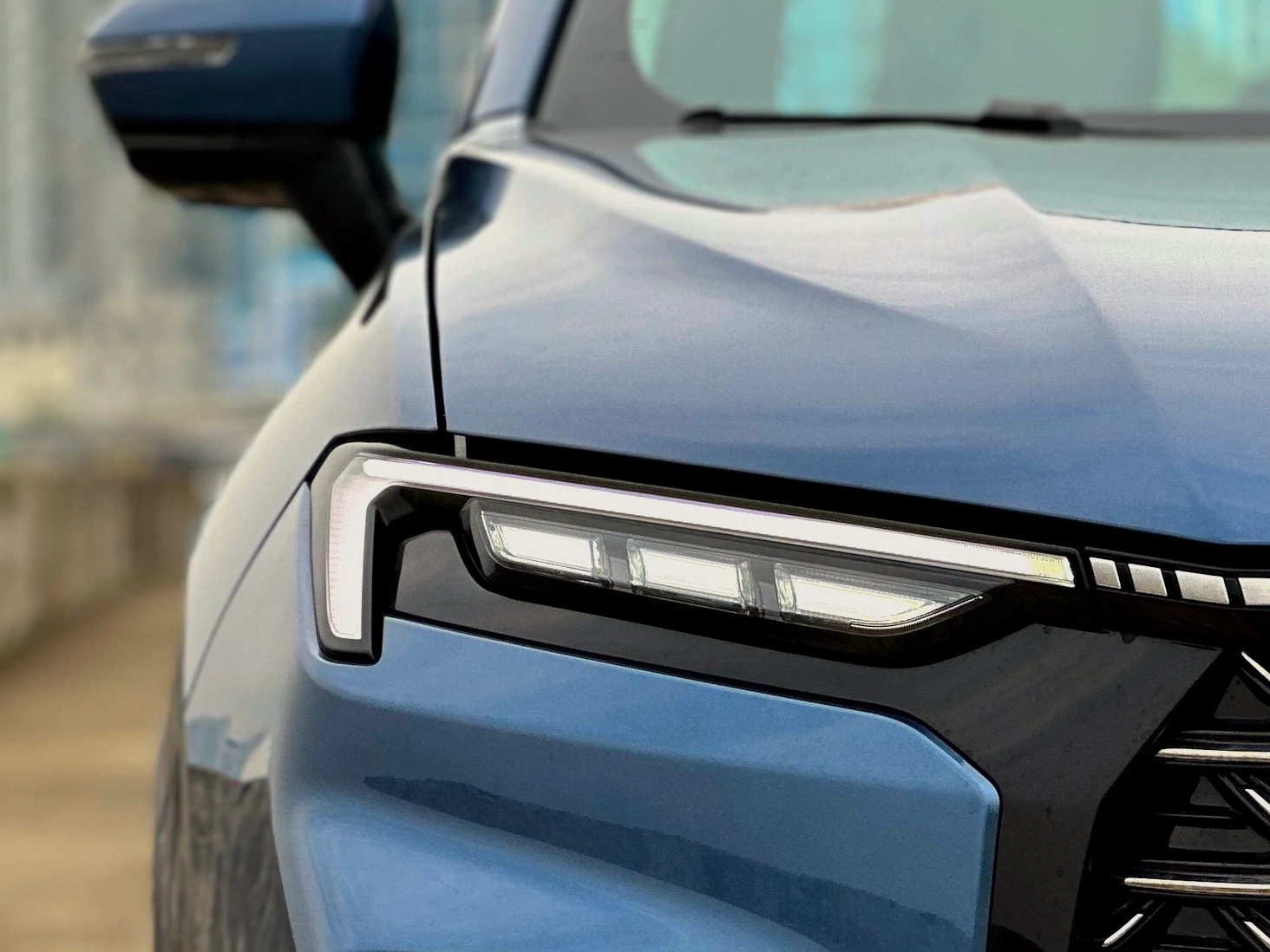In the evolving landscape of automotive safety features, daytime running lights (DRLs) have emerged as a critical innovation. Designed to enhance visibility during the day, DRLs serve an essential role in reducing accidents and improving road safety. In this comprehensive guide, we’ll delve into what daytime running lights are, how they function, their benefits, and important considerations for drivers.
What Are Daytime Running Lights?
Daytime running lights are lights that automatically turn on when a vehicle is in operation, typically during daylight hours. Unlike standard headlights, which are designed for low-light conditions, DRLs provide low-intensity illumination that increases a vehicle’s visibility without overwhelming other drivers with glare.
How Do Daytime Running Lights Work?
DRLs are usually powered by the same bulbs used for low beam headlights or dedicated LED lights. They activate automatically when the ignition is turned on, ensuring that they are in use whenever the vehicle is moving. In most modern vehicles, DRLs cannot be turned off manually, promoting consistent visibility.
Types of DRLs:
- LED Lights: Many modern vehicles utilize LED technology for DRLs due to their energy efficiency and brightness. LEDs consume less power and have a longer lifespan than traditional bulbs.
- Halogen Bulbs: Some vehicles still use halogen bulbs for DRLs, which are less efficient but can still provide adequate visibility.
- Adaptive DRLs: Advanced systems may adjust the brightness of DRLs based on ambient light conditions, ensuring optimal visibility without causing discomfort to other drivers.
Benefits of Daytime Running Lights
1. Increased Visibility and Awareness
The primary benefit of DRLs is their ability to enhance the visibility of vehicles on the road. Studies have shown that vehicles equipped with DRLs are significantly more noticeable to other drivers, reducing the chances of accidents. A study conducted by the National Highway Traffic Safety Administration (NHTSA) found that DRLs can reduce daytime accidents by up to 7%.
2. Enhanced Safety in Various Conditions
DRLs are particularly beneficial in low-visibility conditions such as fog, rain, or overcast weather. By making vehicles more conspicuous, DRLs help prevent collisions in situations where visibility is compromised. For example, during a rainy day, a vehicle with its DRLs on can be spotted more quickly by other drivers, allowing for better reaction times.
3. Energy Efficiency
Modern DRLs are designed with energy efficiency in mind. LED DRLs consume significantly less power compared to traditional headlights, which helps maintain fuel efficiency. By using a minimal amount of energy while improving visibility, DRLs contribute to both safety and sustainability.
4. Legal Compliance
In many countries, the use of daytime running lights has become a legal requirement for new vehicles. For instance, Canada mandates DRLs for all new cars, recognizing their effectiveness in reducing accidents. As regulations continue to evolve, being informed about local laws regarding DRLs is essential for all drivers.
5. Improved Aesthetic Appeal
Beyond safety, DRLs can enhance the aesthetic appeal of a vehicle. Many manufacturers design DRLs to complement the car’s overall look, providing a modern and sleek appearance that appeals to consumers.
Important Considerations for Drivers
1. Understanding Your Vehicle’s DRL System
To make the most of your vehicle’s DRL system, it’s important to familiarize yourself with its operation. Check your owner’s manual for specific information on how DRLs work in your vehicle, including whether you have the option to adjust their settings. Some drivers may prefer to disable DRLs under certain conditions, such as driving in extremely bright sunlight.
2. Maintenance and Functionality
Just like any other vehicle light, DRLs require regular maintenance. If you notice that a DRL is malfunctioning, it’s crucial to address the issue promptly. A burned-out DRL can reduce your vehicle’s visibility, diminishing the safety benefits they provide. Regularly check your lights, including DRLs, to ensure they are functioning correctly.
3. Not a Replacement for Headlights
While DRLs significantly improve daytime visibility, they are not a substitute for full headlights. It’s essential to remember to use your headlights during twilight, nighttime, and adverse weather conditions. Properly functioning headlights are crucial for visibility, allowing you to see the road ahead and ensuring that other drivers can see you.
4. Impact on Other Drivers
While DRLs enhance visibility, it’s essential to be considerate of other road users. Ensure that your DRLs do not cause discomfort or distraction to other drivers. If your vehicle has adjustable DRLs, consider adjusting their brightness for optimal safety.
5. Driving Behavior and Awareness
Finally, while DRLs contribute to safety, they are only one part of the equation. Drivers should remain vigilant and practice defensive driving. Always be aware of your surroundings, maintain a safe distance from other vehicles, and be prepared to react to any situation on the road.
Conclusion
Daytime running lights are more than just a modern automotive feature; they are a vital component of road safety. By improving the visibility of vehicles during daylight hours, DRLs help reduce the risk of accidents and promote safer driving practices. Understanding how DRLs function, their benefits, and important considerations can empower drivers to make informed decisions about their vehicles.
As the automotive industry continues to evolve, staying informed about safety features like DRLs will enable you to navigate the roads with confidence. Always remember to keep your lights in good working order and use them appropriately to ensure optimal safety for yourself and others on the road.

